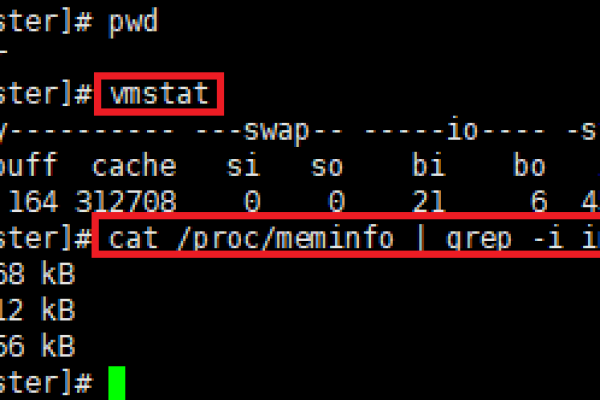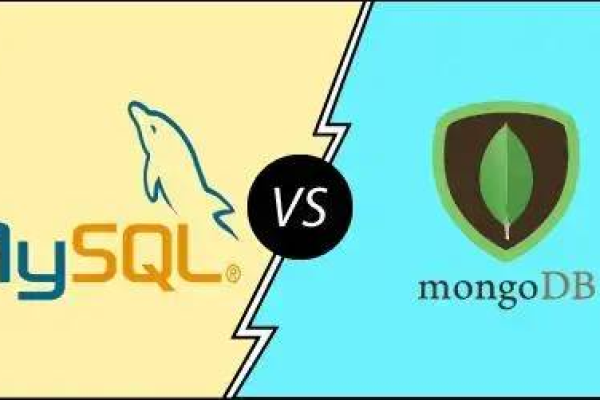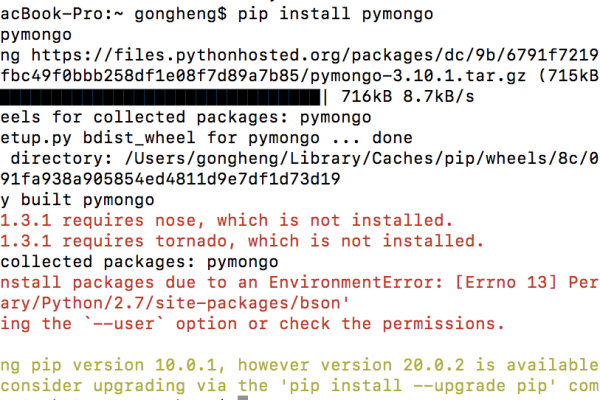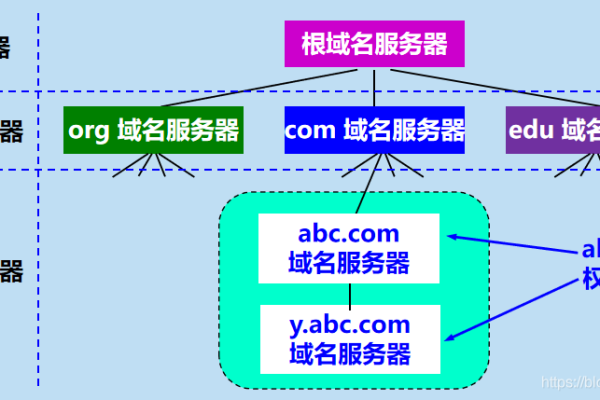上一篇
pymongo db.command详解
- 行业动态
- 2024-04-16
- 4378
pymongo是Python操作MongoDB的一个库,它提供了丰富的API接口供我们使用,其中db.command()方法可以用于执行数据库命令。

以下是一些常用的数据库命令:
count:返回集合中的文档数量。
distinct:返回一个字段的所有不同值。
group:根据指定的键对文档进行分组,并对每个组应用累加器函数。
mapReduce:对集合中的文档执行MapReduce操作。
aggregate:使用聚合管道对文档进行变换和组合。
以下是一些示例代码:
from pymongo import MongoClient
client = MongoClient('localhost', 27017)
db = client['test_database']
collection = db['test_collection']
使用count命令获取集合中的文档数量
count = db.command("count", "test_collection")
print(count)
使用distinct命令获取一个字段的所有不同值
distinct = db.command("distinct", "test_collection", key="field_name")
print(distinct)
使用group命令根据指定的键对文档进行分组,并对每个组应用累加器函数
group = db.command("group", {"ns": "test_collection", "key": {"field_name": 1}, "initial": {}, "$reduce": "function"})
print(group)
使用mapReduce命令对集合中的文档执行MapReduce操作
mapReduce = db.command("mapReduce", "test_collection", "map", "reduce", "out")
print(mapReduce)
使用aggregate命令使用聚合管道对文档进行变换和组合
aggregate = db.command("aggregate", "test_collection", pipeline=[])
print(aggregate)
注意:以上代码仅供参考,实际使用时需要根据具体情况进行调整。
本站发布或转载的文章及图片均来自网络,其原创性以及文中表达的观点和判断不代表本站,有问题联系侵删!
本文链接:http://www.xixizhuji.com/fuzhu/294430.html
















